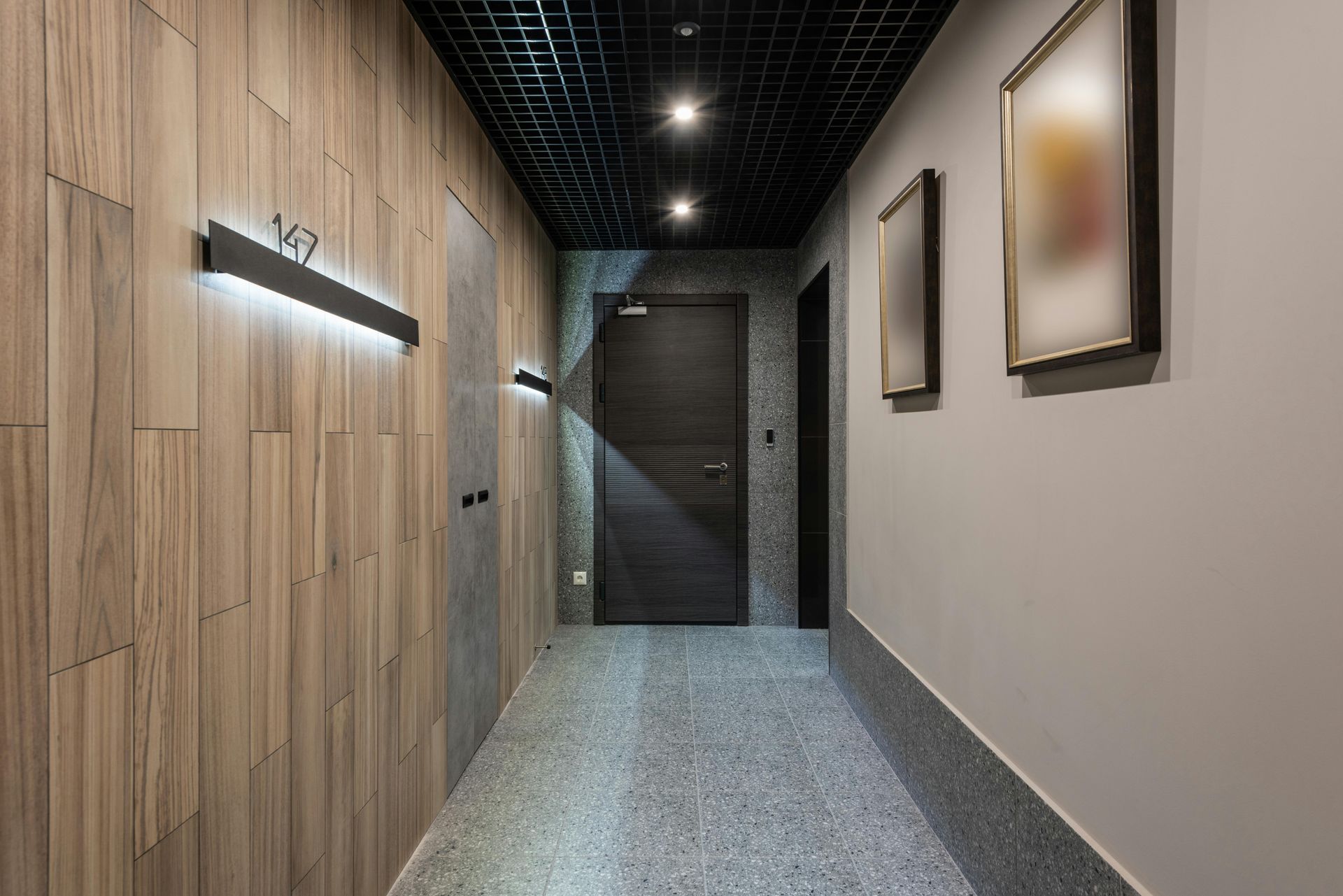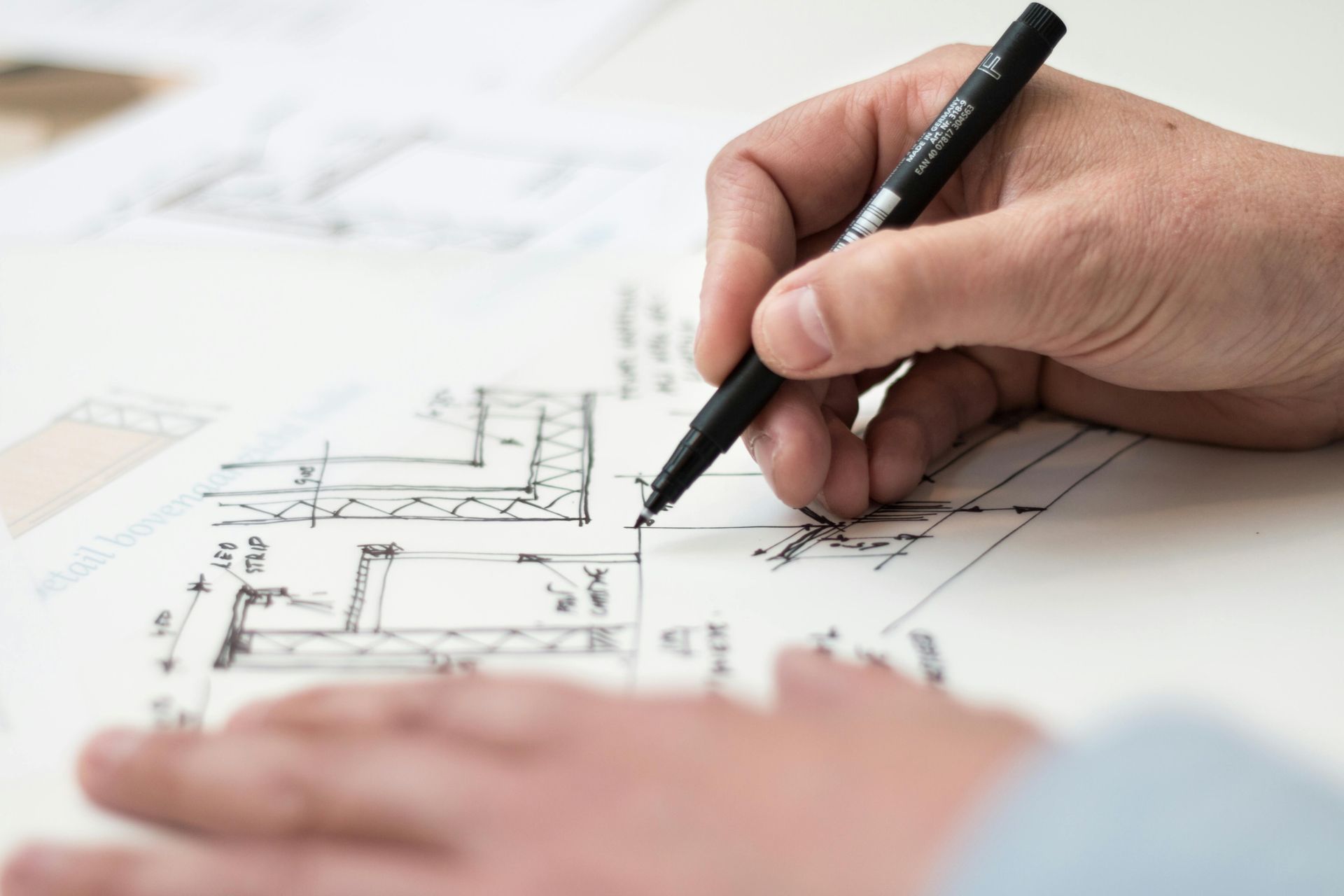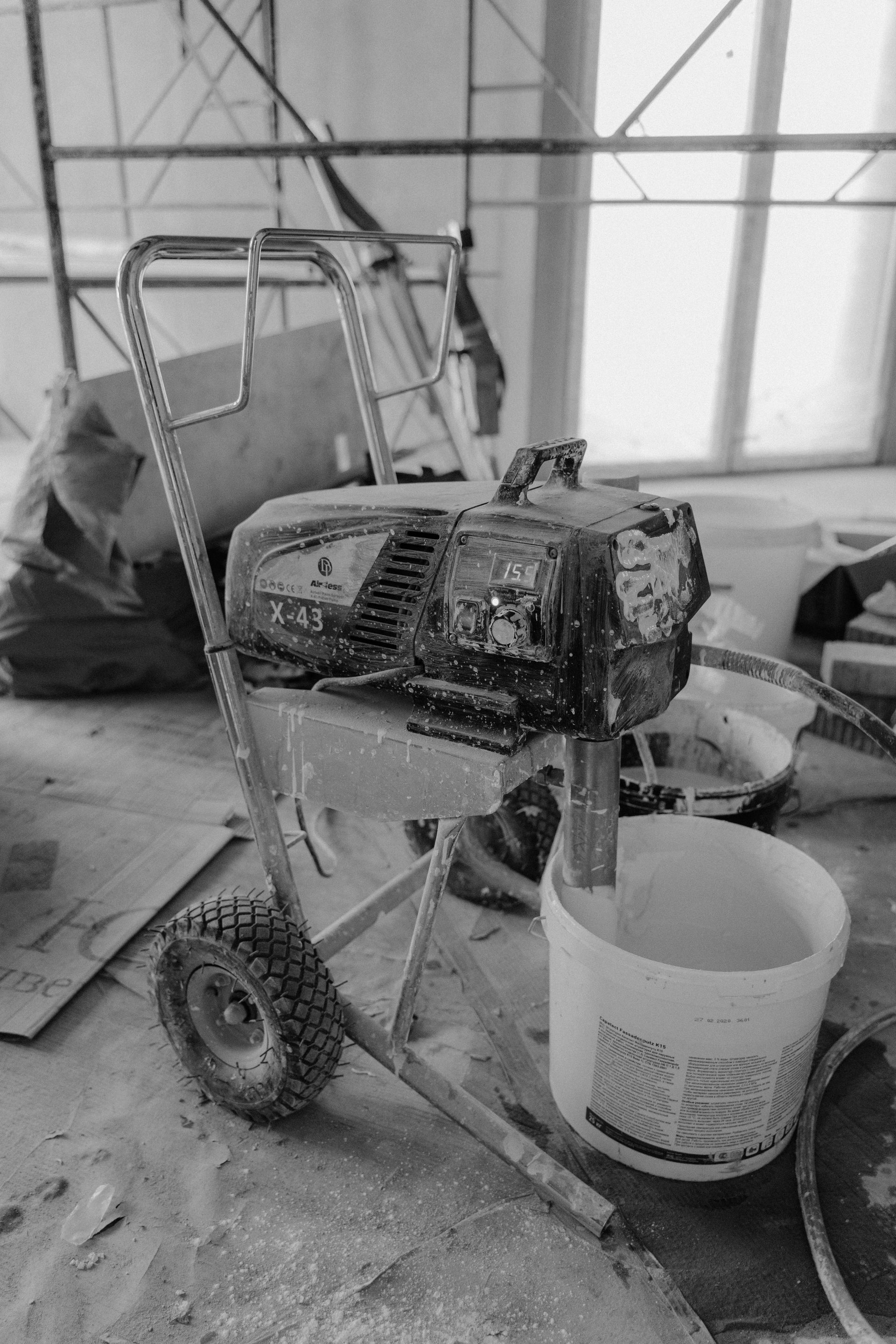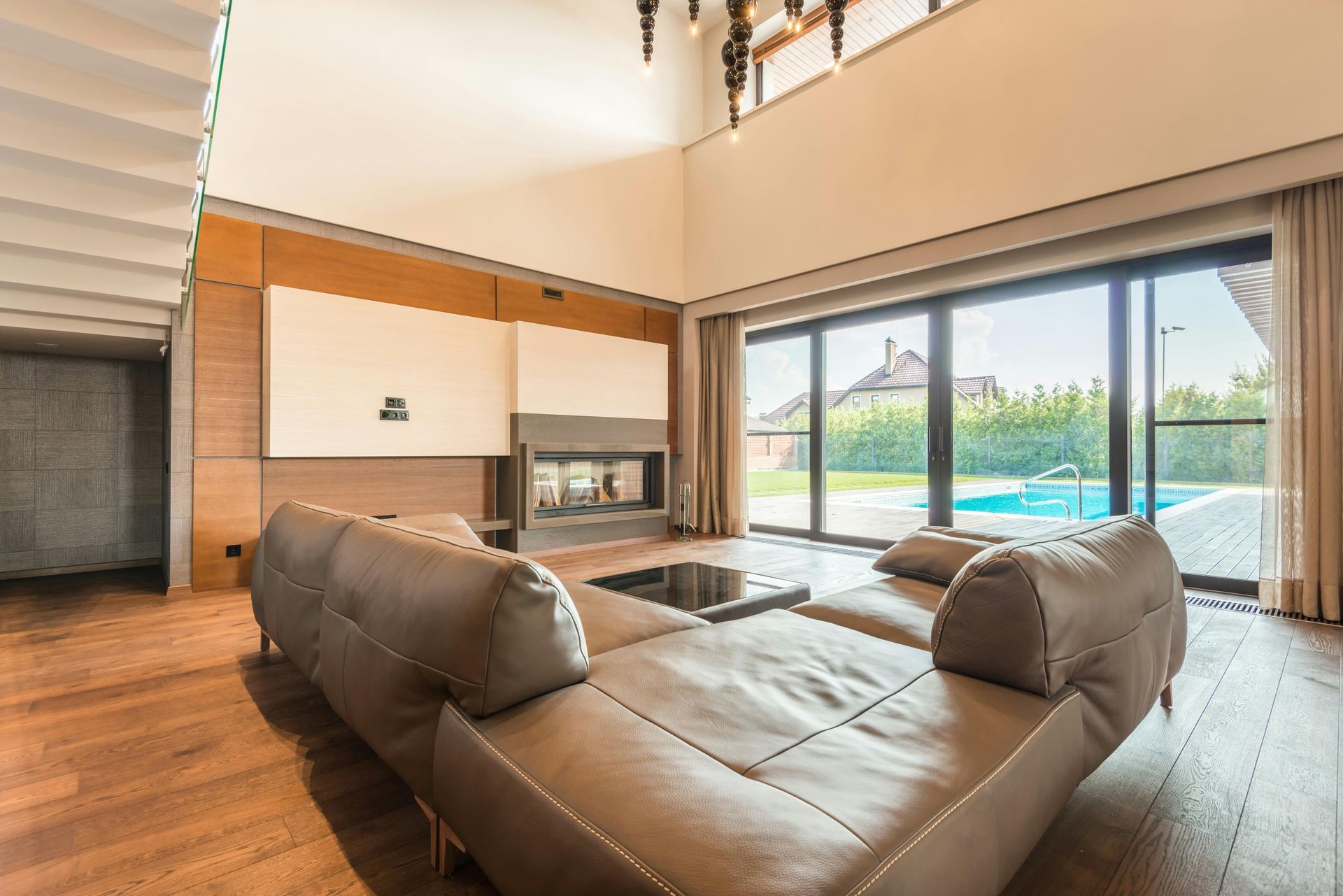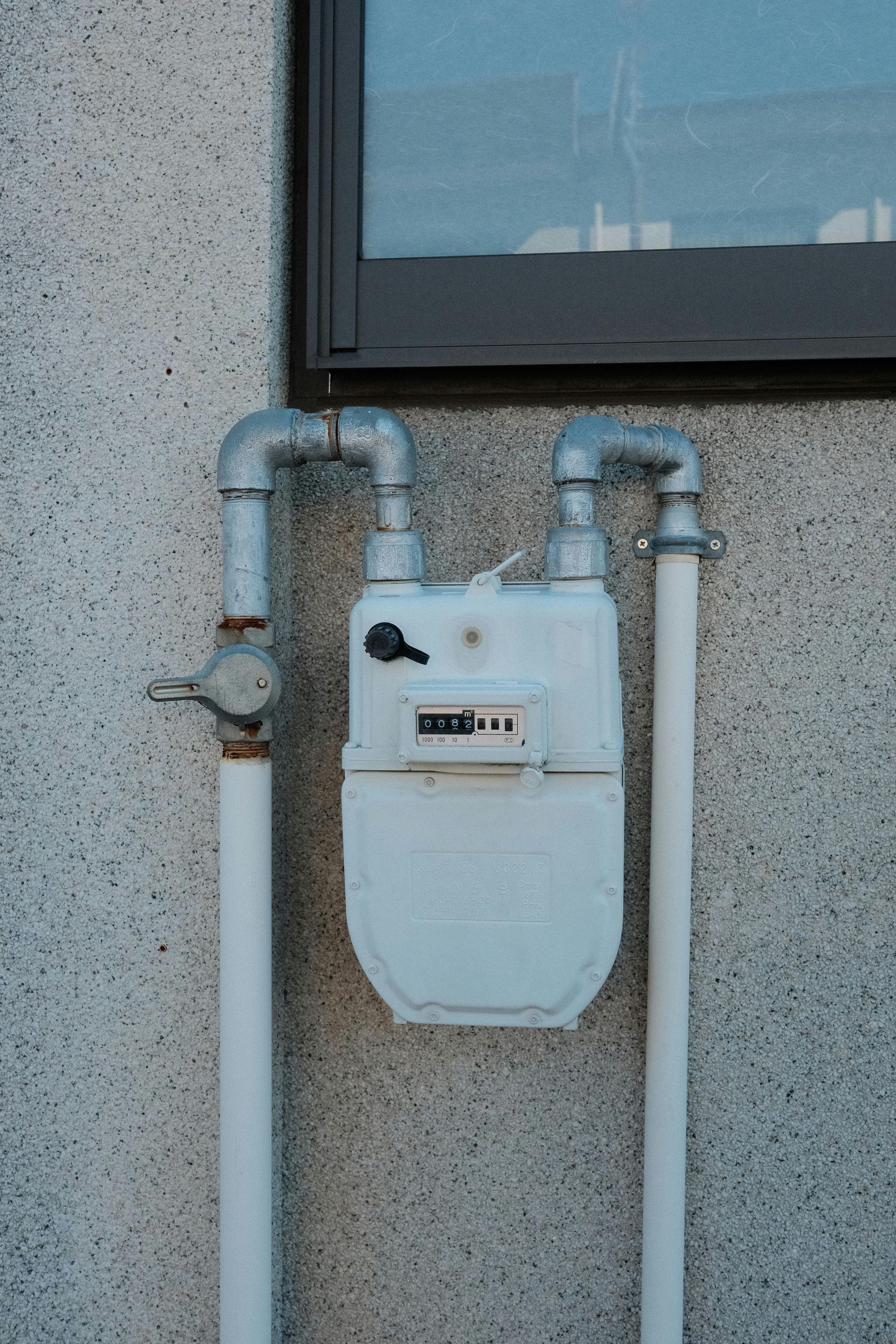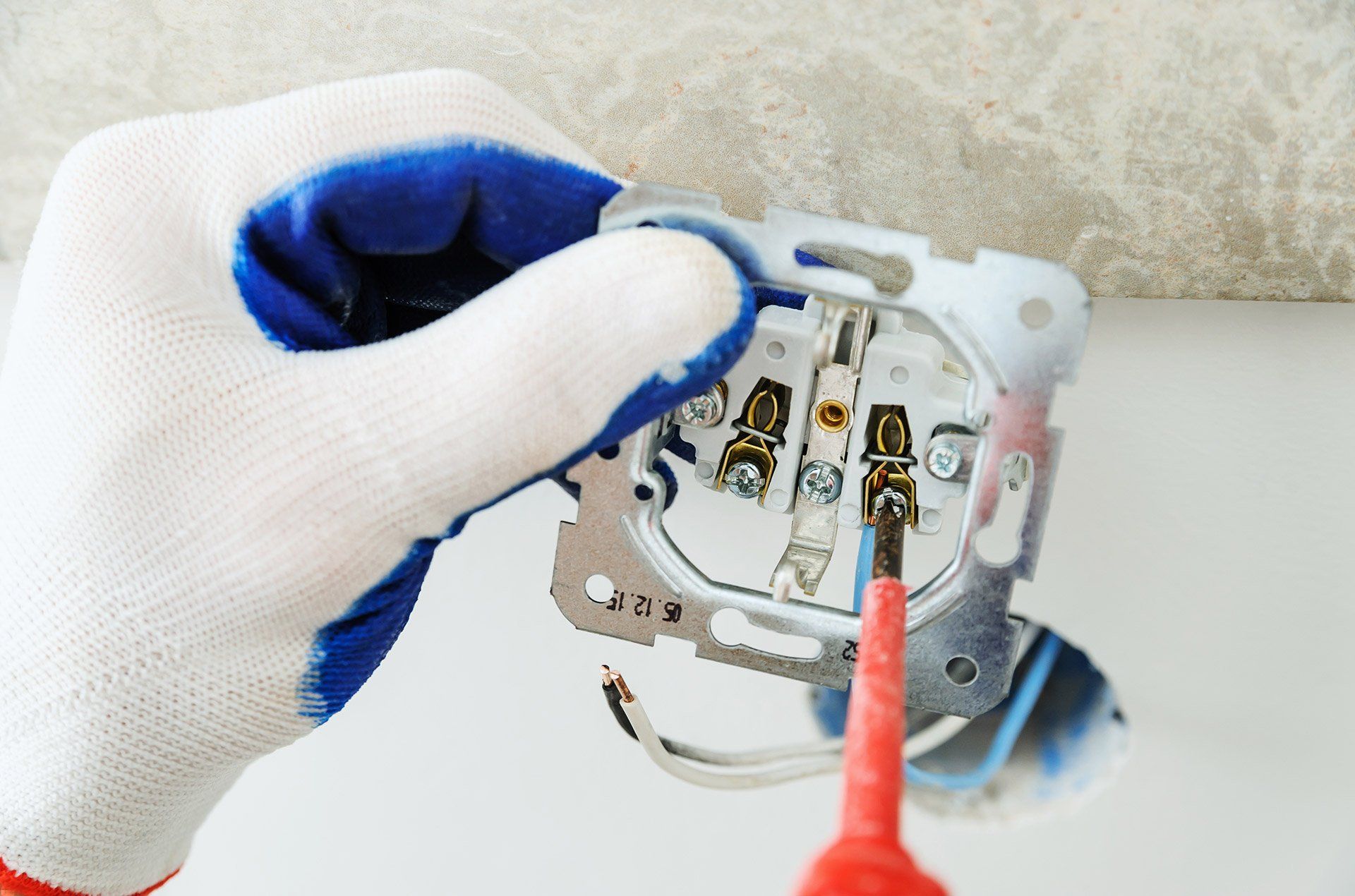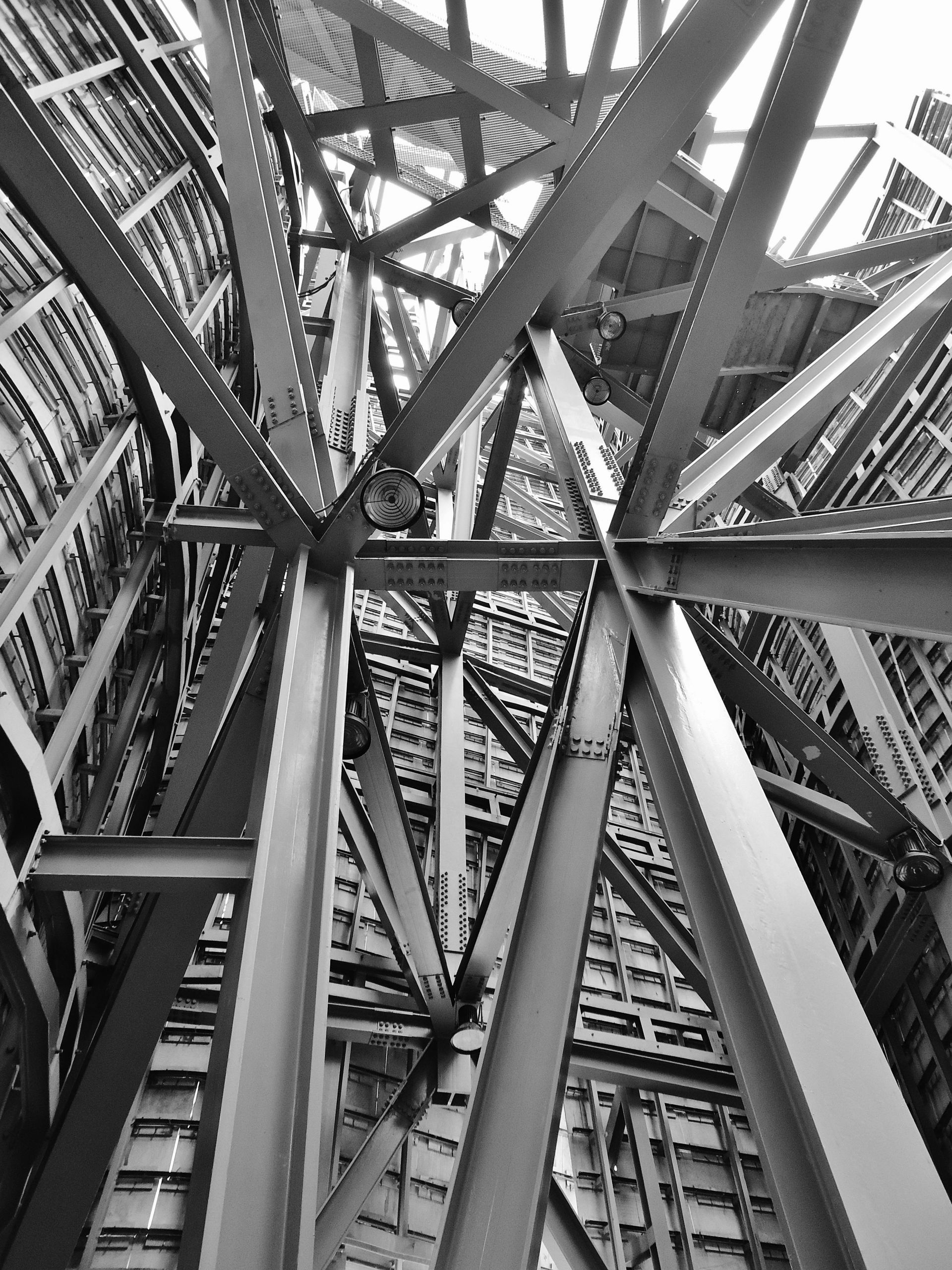Rebuild or Renovate?
When Is It Best to Demolish a Building and Start Again?
It’s a question that comes up more often than you might think - should you renovate, extend, 'do up' what’s already there, or bite the bullet and start from scratch? In historic towns like York and Harrogate, we’re surrounded by beautiful architecture, listed buildings, and characterful homes. But not every structure can or even should be saved. Knowing when demolition is the more sensible option can save you time, money, and plenty of future headaches.
There’s something undeniably appealing about restoring an old property. Keeping original features, uncovering old craftsmanship, and bringing life back to a building with history is hugely rewarding. But sometimes the starting condition, layout and make up of a building makes restoration unviable or at least far less practical than a fresh start.
Structural Issues That Go Beyond Repair
One of the most obvious signs that demolition might be the better route is when structural integrity is severely compromised. If a building has subsidence, widespread damp, crumbling foundations, or significant roof failure, it’s worth having a proper structural survey carried out. In some cases, the cost of underpinning, rebuilding walls, or replacing entire roofing systems ends up higher than demolishing and building new.
In Yorkshire’s older stone buildings, you might find that age and poor maintenance over decades have taken their toll. Rotten timbers, extensive woodworm, and water ingress are common issues in properties that have stood for a century or more. If more than 50% of the structure needs to be rebuilt to make it safe and habitable, demolition often becomes the more cost-effective route. Equally there are pleanty of more modern properties which are just not right for now!
When Renovation Costs Keep Spiralling
Budget is usually one of the biggest driving factors. Renovations are notoriously unpredictable. You can budget for rewiring, replastering, and new plumbing, but once the walls come down, surprises tend to emerge.
If you find yourself in a position where your renovation quote keeps inflating, it’s worth doing the maths. Sometimes starting again with a new build gives you far better value for money. Plus, you’ll benefit from modern insulation, energy efficiency, and layout choices tailored to how you want to live, not how people lived 120 years ago.
Modern Living vs. Outdated Layouts
Even with a structurally sound building, sometimes the layout just doesn’t work for modern living. In areas like Harrogate, where Victorian and Edwardian terraces are common, you’ll often find small kitchens, tight staircases, and awkward room sizes. Making big changes inside these properties—like creating open-plan living spaces or installing ensuite bathrooms—can be tricky, especially if you’re restricted by load-bearing walls.
A new build gives you complete freedom to design a home that suits your lifestyle. You can integrate smart technology, maximise natural light, and ensure accessibility for future needs. That level of flexibility just isn’t always possible with older structures.
Planning and Local Considerations
Of course, you can’t just knock down a building. Planning regulations are strict. Demolition needs proper approval, and you may have to provide evidence that the building is beyond reasonable repair. That’s why it’s essential to work with a local builder such as AG Developments who understands the regulations and knows how to navigate the planning process.
Sometimes partial demolition is an option. Preserving a façade or particular features while rebuilding behind or around them. This can be a great compromise, maintaining a street’s character while giving you a modern structure.
Environmental Factors
It might seem counterintuitive, but starting fresh can sometimes be the more environmentally friendly option. Retrofitting old buildings to meet modern energy standards can be incredibly difficult and expensive. With a new build, you can incorporate solar panels, heat pumps, superior insulation, and water-saving systems from the outset. You’ll also likely use modern materials that have better performance and a smaller carbon footprint.
The Emotional Element
It’s easy to forget the emotional side of the decision. People often develop a strong attachment to a property, especially if it’s been in the family for generations. Deciding to demolish isn’t just about money or practicality. But sometimes the best way to honour the past is to create something that will last for the future.
